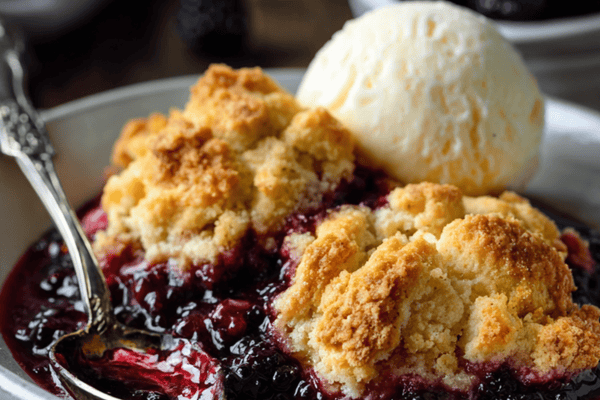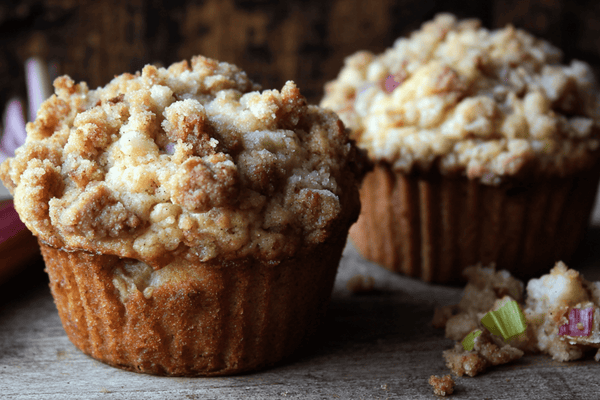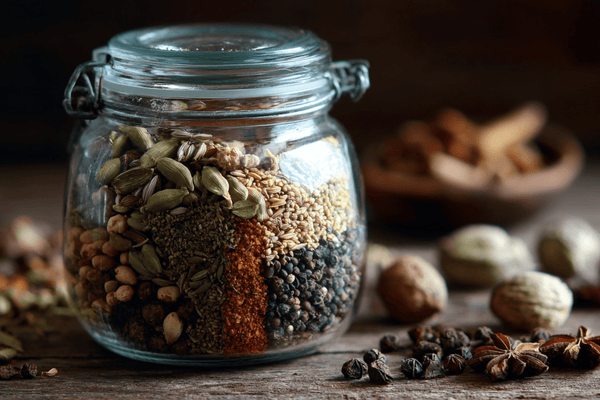
We don’t need to tell you that kitchen knives are sharp! More than 2.7 million Brits are rushing to the A&E department every year because of some kind of kitchen mishap, and we’re positive that a good handful of those are because of rogue chef knives.
But you can’t operate your kitchen without your sharp chef knives so you can’t get rid of them. What you need to do therefore is to make sure that your knives' steel blades are protected and that your hands are kept out of harm’s way. There’s an incredibly simple and affordable solution; the knife guard. But what is a blade guard and is it worth buying?
A knife guard is a pouch or cover that goes over the blade to prevent cuts and protect against accidents particularly when the knife is being stored. If you don’t have something like an in-drawer knife block, these guards are imperative.
If you’re still not convinced, we’ve put together this handy information to get you better acquainted with the knife guard as well as what to look for when choosing one.
Table of contents
Should I Get a Knife Guard?
There are lots of different ways of storing your knives safely; magnetic knife boards, blocks and holders are all great. However, if you’re limited where space is concerned, you might have no other choice than to store your knives in your kitchen drawers. In this case, using a knife guard affords your fingers protection from the blades' sharp edge without taking up any additional space.What’s more, if you regularly travel with your knives. For example, if you’re a professional chef then you’ll need a lightweight and convenient way of transporting them safely. And yes, a knife guard or saya is a viable solution. If you’re carrying other items in the same bag then these will also be protected from blade damage and the blades will be protected from becoming dull.
How to Use a Knife Guard
There are several types of blade guard. Some slide onto the blade while others wrap around and have a clip or clasp closure. But in any case, using these accessories requires nothing more than popping them over the blade and making sure that they are secure. The knife guard does not cover the length of the handle so you can still hold the knife as usual even with the cover on.As well as being able to use your knife guards, you will want to make sure that they are well maintained. As with anything else, doing this will ensure the longest service life.
Fortunately, this is just as simple as using your knife guard and involves nothing more than keeping the guard clean. This usually needs to be done by hand as most knife guards aren’t dishwasher safe but it’s certainly not a trying task. Just make sure they’re fully dry before use.
What to Consider When Choosing a Knife Guard
For the most part, there isn’t a great deal of difference between the different styles of knife guard. They’re all designed to do the same thing. But the materials and quality can vary somewhat so it’s important to know what you’re looking for when you start your search for the perfect blade guard.
What Type of Knife Are You Trying to Protect?
Just like knives come in all shapes and sizes, knife guards are designed to match this. It’s no good going out to buy a cover for your slicing knife that’s more suited to the shape and size of a cleaver, for example. Be sure to buy something that’s compatible with and fits snugly over the blade you want to cover.
Material
One of the benefits of using a knife guard is that they come in a variety of materials. There are pros and cons to each of these so this is something to give a little thought to before you purchase.
● Plastic knife guards are one of the most affordable types and they’re lightweight and easy to maintain. However, the downside is that they’re more likely to dull the blade as you take them on and off. There is a type of plastic known as kydex which can be heated and moulded to your blade. This provides a better fit but is more expensive than regular plastic and will dull the blade just as quickly.

● Wooden knife guards are certainly an aesthetically appealing option and offer a good amount of protection without too much damage to the blade. However, wood will retain moisture which can corrode the blades over time.

● Leather knife guards are very durable and lightweight which makes them a popular choice. However, you’ll normally end up paying more as you need a leather guard of the best quality otherwise the knife blade may damage it prematurely.

Security
It goes without saying that you need your knife guard to be super protective and safe. However, if you don’t invest in a good quality guard then there is a risk that it won’t perform as expected. Make sure that the material isn’t flimsy and check that the guard fits securely over the blade. There are some that have locks which are perfect if you’re looking for ultimate safety.
Final Thoughts
Nobody wants to have an accident in the kitchen but something as innocent as putting your hand into the drawer without looking could result in a nasty cut from your best Japanese santoku knife or that paring knife lurking at the back of the drawer.It doesn’t have to be that way, however, A good quality knife guard slots over the blade ensuring that it won’t cut anything it isn’t supposed to. They come in various shapes, sizes and materials so you can choose one that perfectly suits your knife.



